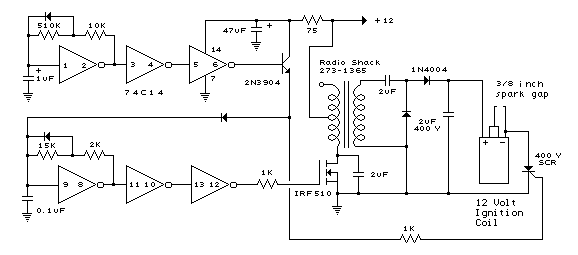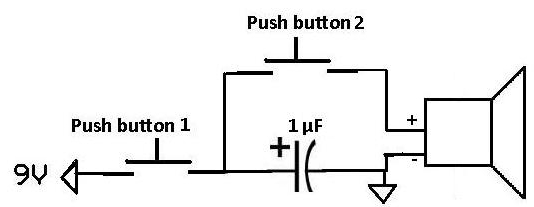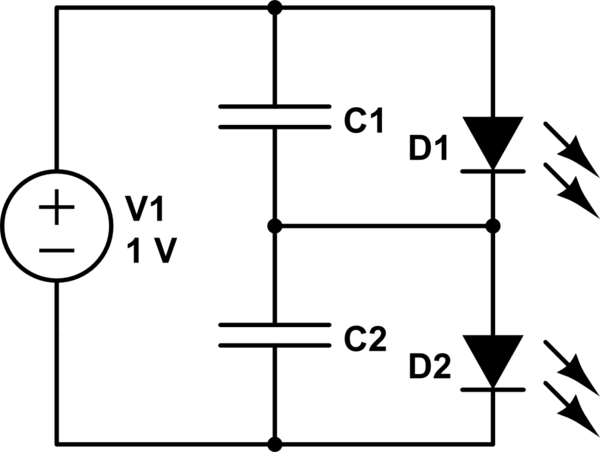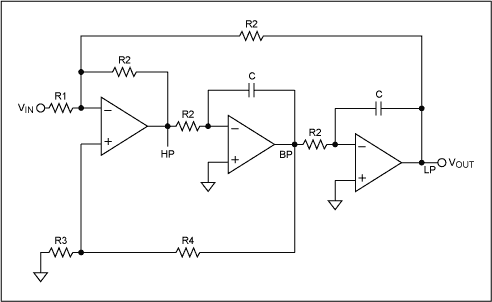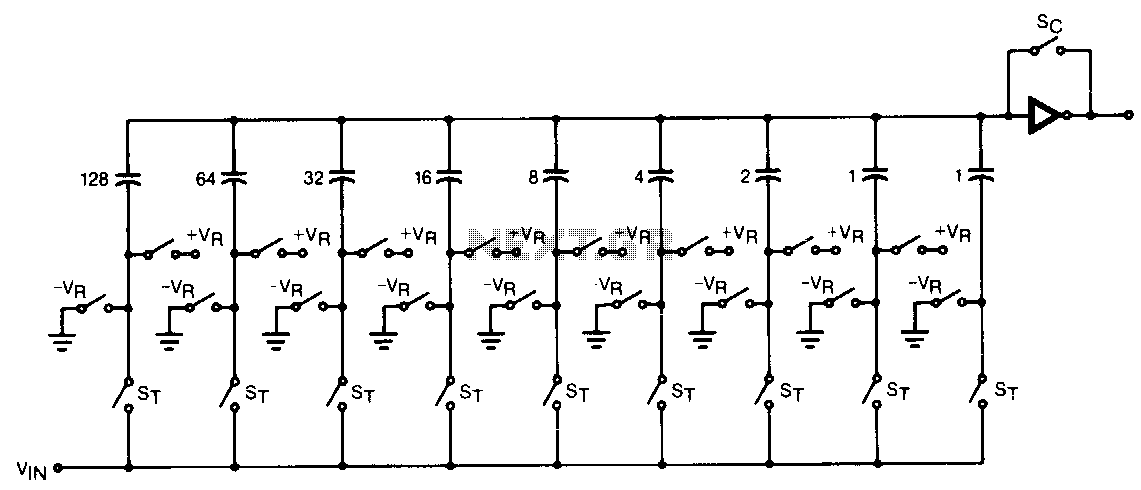
Capacitor Allows Higher Slew Rates
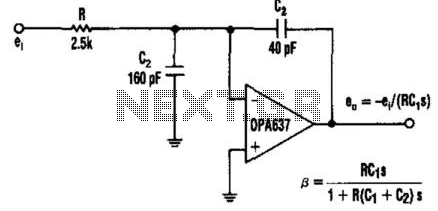
In this circuit, a Burr-Brown operational amplifier provides a slew rate of 135 V/μs. The inclusion of capacitor C2 reduces the high-frequency feedback factor to less than unity, enabling higher slew-rate amplifiers to be compensated for gains greater than one.
This circuit utilizes a Burr-Brown operational amplifier known for its high performance and rapid response characteristics, specifically a slew rate of 135 V/μs. The slew rate is a critical parameter that defines how quickly an amplifier can respond to changes in input signal levels, making it essential in applications requiring fast signal processing.
The operational amplifier is configured with feedback components that include capacitor C2. The role of this capacitor is to modify the feedback loop's characteristics by reducing the high-frequency feedback factor to below unity. This adjustment is significant because it allows for the stabilization of the amplifier's response when operating at higher frequencies, where gain can exceed one.
By implementing this configuration, the circuit can effectively manage the gain of high slew-rate amplifiers, ensuring that they remain stable and do not oscillate or produce unwanted distortion at high frequencies. The design is particularly useful in applications such as audio processing, signal conditioning, and instrumentation, where maintaining signal integrity at high speeds is paramount.
Overall, this circuit exemplifies the careful balancing of feedback components and operational amplifier characteristics to achieve optimal performance in high-speed electronic systems. In this circuit, a Burr-Brown op amp supplies a slew rate of 135 V/. The addition of C2 charges the high -frequency feedback factor to less than unity, and allows higher slew-rate amplifiers to be compensated for greater-than-unity gain.
This circuit utilizes a Burr-Brown operational amplifier known for its high performance and rapid response characteristics, specifically a slew rate of 135 V/μs. The slew rate is a critical parameter that defines how quickly an amplifier can respond to changes in input signal levels, making it essential in applications requiring fast signal processing.
The operational amplifier is configured with feedback components that include capacitor C2. The role of this capacitor is to modify the feedback loop's characteristics by reducing the high-frequency feedback factor to below unity. This adjustment is significant because it allows for the stabilization of the amplifier's response when operating at higher frequencies, where gain can exceed one.
By implementing this configuration, the circuit can effectively manage the gain of high slew-rate amplifiers, ensuring that they remain stable and do not oscillate or produce unwanted distortion at high frequencies. The design is particularly useful in applications such as audio processing, signal conditioning, and instrumentation, where maintaining signal integrity at high speeds is paramount.
Overall, this circuit exemplifies the careful balancing of feedback components and operational amplifier characteristics to achieve optimal performance in high-speed electronic systems. In this circuit, a Burr-Brown op amp supplies a slew rate of 135 V/. The addition of C2 charges the high -frequency feedback factor to less than unity, and allows higher slew-rate amplifiers to be compensated for greater-than-unity gain.
